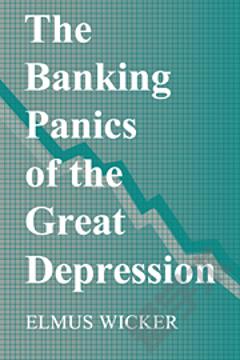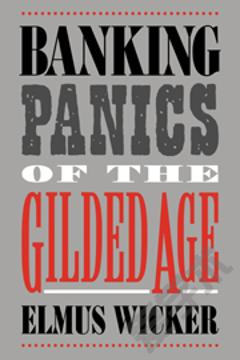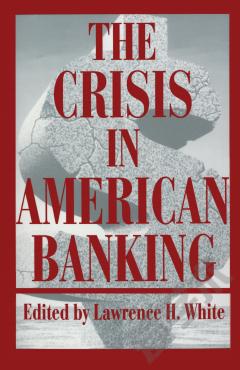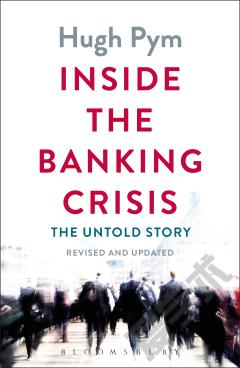The Banking Panics of the Great Depression
This is the first full-length study of five US banking panics of the Great Depression. Previous studies of the Depression have approached the banking panics from a macroeconomic viewpoint; Professor Wicker fills a lacuna in current knowledge by reconstructing a close historical narrative of each of the panics, investigating their origins, magnitude, and effects. He makes a detailed analysis of the geographical incidence of the disturbances using the Federal Reserve District as the basic unit, and reappraises the role of Federal Reserve officials in the panics. His findings challenge many of the commonly held assumptions about the events of 1930 and 1931, for example the belief that the increase in the discount rate in October 1931 initiated a wave of bank suspensions and hoarding. This meticulous account will be of wide interest to students of the Great Depression, monetary and financial historians, financial economists and macroeconomists.
{{comment.content}}








 京公网安备 11010802027623号
京公网安备 11010802027623号